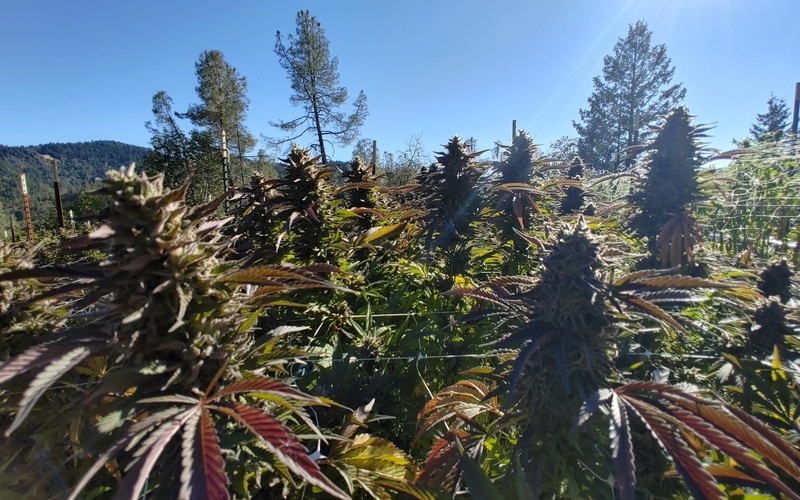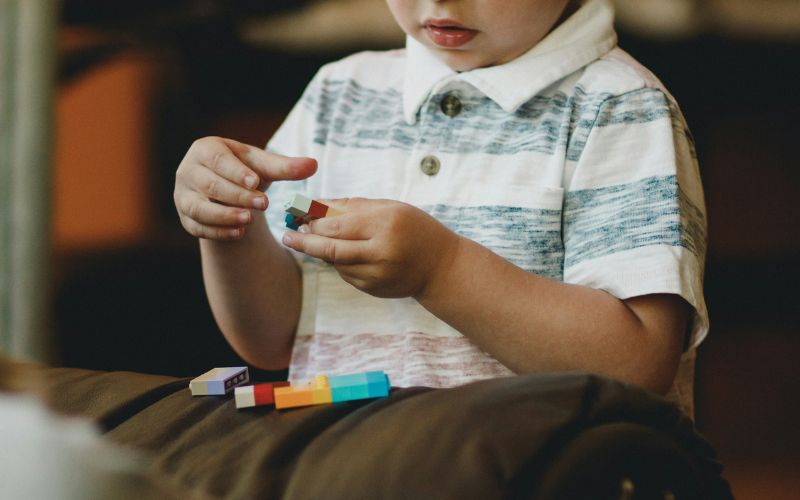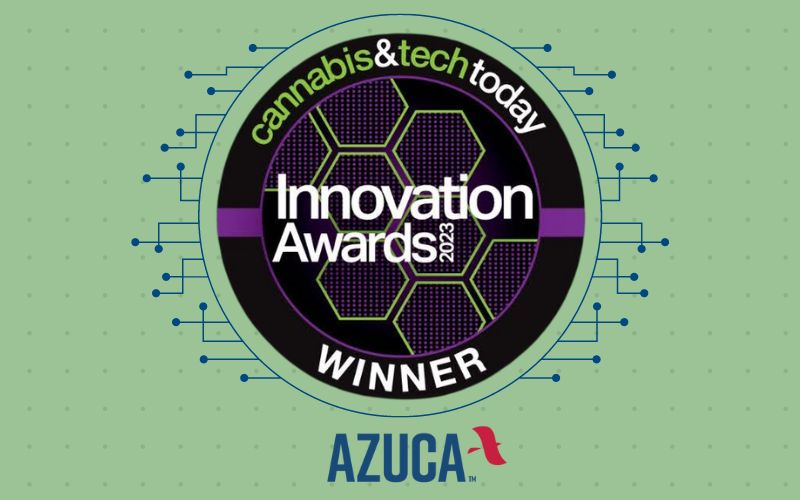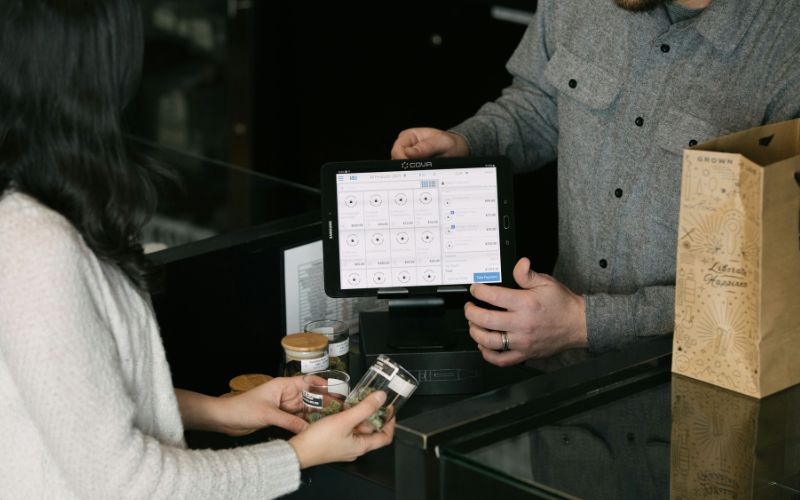Since adult-use legalization came to California in 2016, a constant irritation is the sheer volume of single-use packaging generated under the premise that cannabis is so dangerous it must be sealed in childproof (often adult-proof) packaging. As a consequence of this approach, some cannabis markets see as much as 70 grams of packaging per single gram of actual flower.
As a filmmaker, I’ve long been curious as to what the cannabis industry would do about its single-use packaging addiction. Cannabis has always been notoriously difficult to package: It’s highly volatile, unstable, odorous, and due to its rather sticky nature it’s easy to contaminate.
Specialist packaging technologies are necessary, which also means lots of waste. Quite how much we’re talking about in total is difficult to ascertain as unsurprisingly, nobody seems overly keen to track these sorts of metrics, let alone talk about them. However, it’s not difficult to envision.
Tallying the Trash
California alone has sold over $21 billion since full regulation began in 2018 and the vast majority of those sales come in either: Single use Metalized, Biaxially-oriented Polyethylene Terephthalate (BoPET) bags, commonly called Mylar (actually a brand name), and the ubiquitous glass jar with various forms of metal, plastic, or foam-insert lids.
If we’re conservative and say $30 is the average purchase for an eighth, and there’s $21,000,000,000+ in sales … you do the math.
Both forms of packaging have pros and cons. BoPET bags from chemical giants like DuPont-Teijin Thin Films (Mylar), TORAY Industries Inc. (Lumirror), and Mitsubishi Polyester Film (Hostaphan) effectively seal cannabis to trap its moisture and terpene profile.
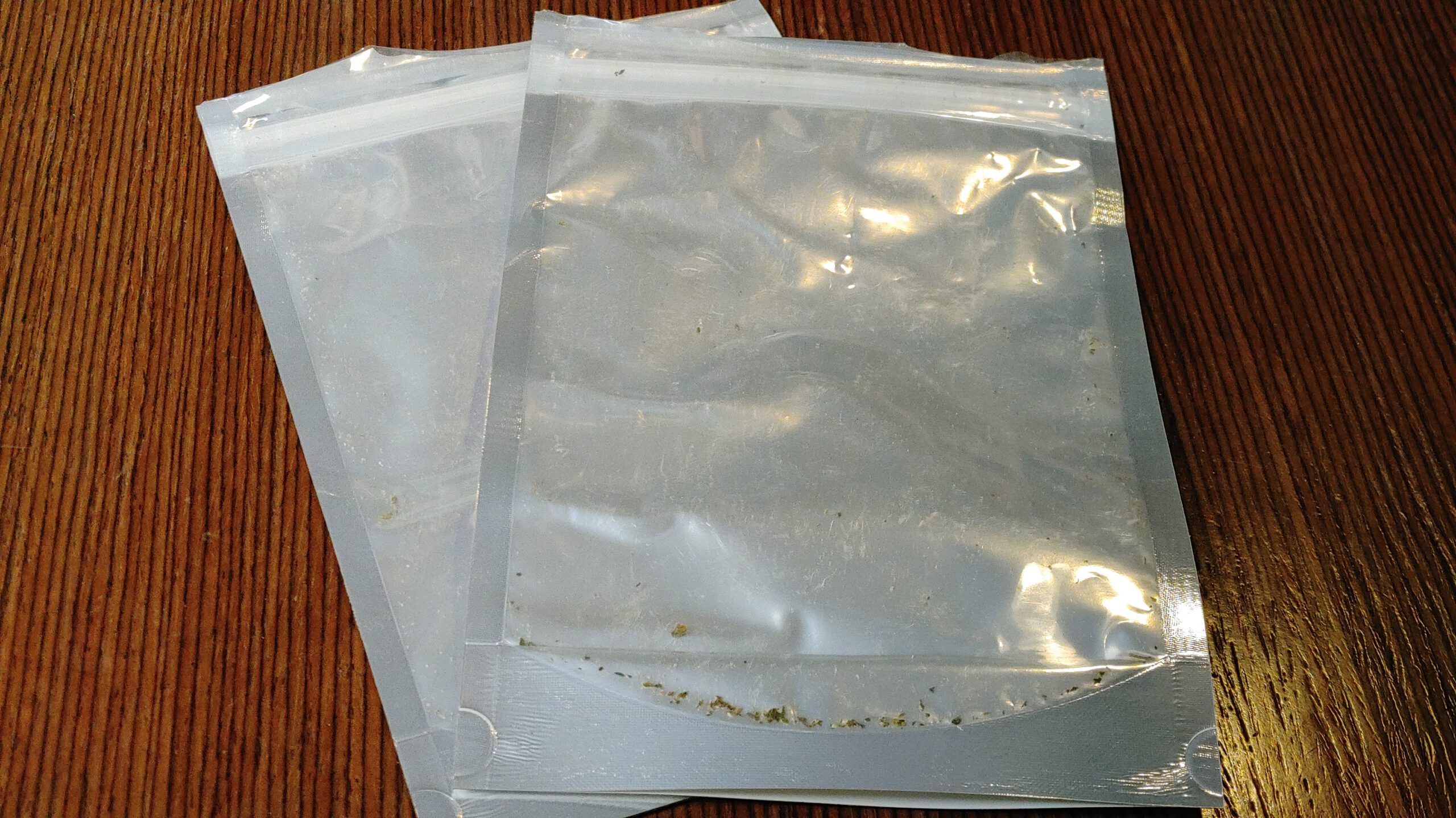
They simultaneously protect it from external environmental factors that can cause cannabis to degrade, like heat, sunlight, and off-gassing. BoPET is cheap, lightweight, and commonly available. However, it’s also exactly the type of indestructible plastic that is responsible for the modern scourge of microplastics.
Now, before anyone mentions glass jars as a “recyclable” alternative solution to BoPET, might I point out the voluminous plastic lids, polymer stickers, and foam tamper-proof seals as evidence that they’re not? Let’s not forget there’s a very good reason glass was abandoned as a packaging medium in the 50s.
A single pound of cannabis broken into the most popular size of purchase, eighth jars, means 128 glass jars in a box, which at retail weighs over 33 lbs. That weight has to be trucked all over the state from farm to retail location before being disposed of, or less likely, recycled.
Compost Curious
So what of the much-vaunted “sustainable packaging” revolution that was supposed to threaten this status quo with a flood of bioplastics and mushroom-grown boxes? Well, it seems to have stalled, at least in the spaces I occupy. I tried talking to a few vendors offering compostable tech solutions.
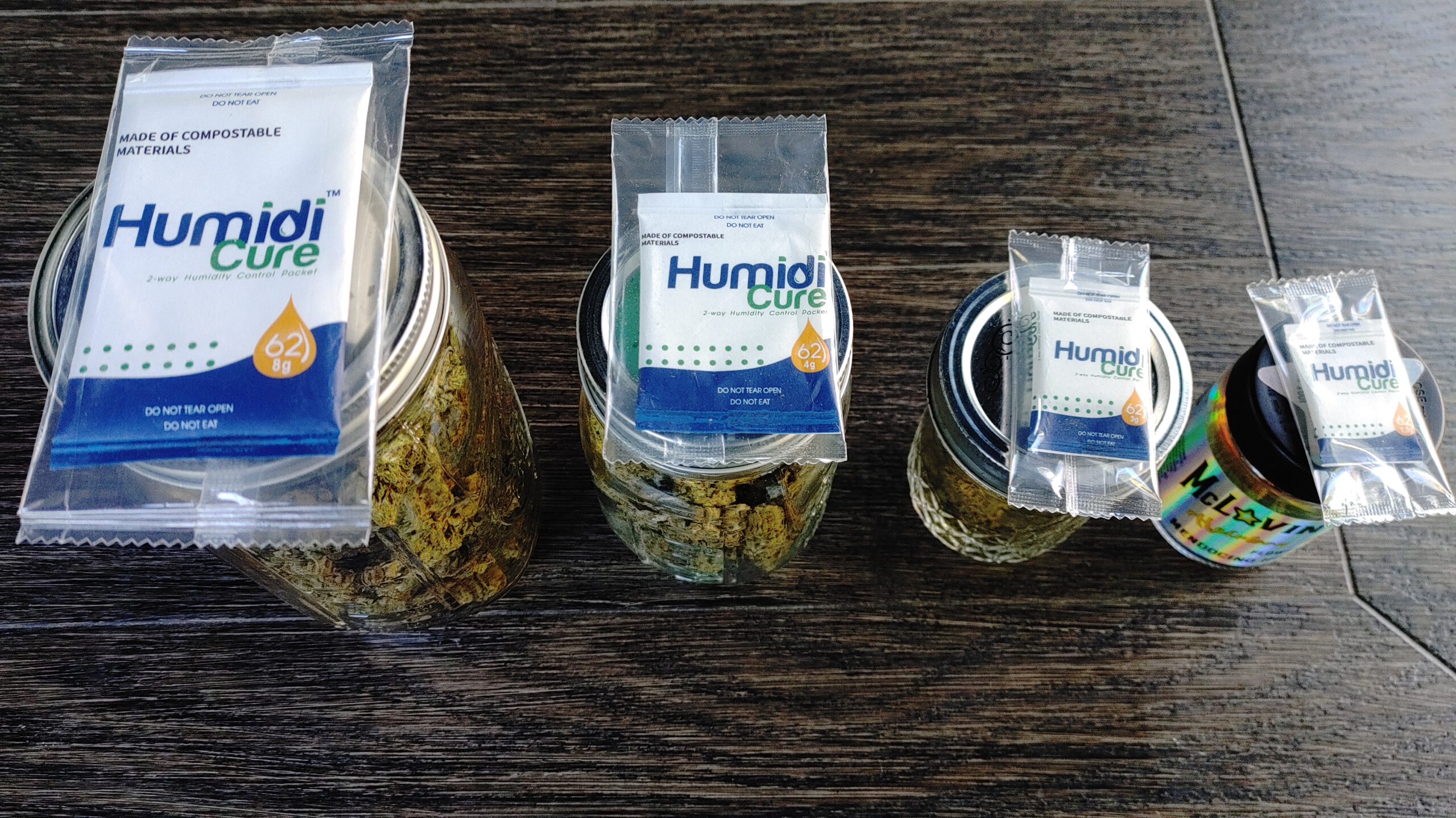
After one offered me commissions to sell for them and the other went AWOL after making me sign a non-disclosure agreement, I genuinely thought the compostable approach was perhaps too new and untested to be viable at scale. I abandoned the topic and moved on to other projects. But then the phone rang.
In the summer of 2023, a former colleague told me about the new company he was working with, ATMOSIScience. If you find yourself scratching your head at the name, join the club. I had no idea who they were or what they did, but I was invited to dinner with the CEO, Dr. Sandra Shen, so I figured it’d be rude to refuse.
It turned out the company is out of the museum storage and display space where versions of their humidity control technologies are used to protect priceless artifacts in exacting atmospheric conditions, in every type of environment you can think of, from display cases to warehouse storage via all the transportation stages in between.
A High-Tech Hero
It’s a world where there’s zero tolerance for failure. It’s not like you can just wreck a two-thousand-year-old manuscript and ask for a do-over. It was from this base that ATMOSI expanded into new applications such as data centers, cell phone towers, and alternative energy vehicles by providing passive anti-condensation solutions that didn’t require any external or internal power for the materials to function. Eventually, it made the shift to humidity control packaging solutions in cigars, which is, of course, a short hop away from the cannabis industry.
During our meeting, Shen showed off her non-liquid humidity control packs called Humidicure. They do what all the other humidity technologies do but without any liquids, salts, or gels involved. She told me of her drive for sustainability by using only compostable materials and while Humidicure was impressive, it didn’t prepare me for what she showed me next: A new generation of her humectant technology built into fully compostable, biopolymer-based packaging technology called Ruksak.

Comprising a Polybutylene adipate terephthalate (PBAT) thin film material, with a Polylactic acid (PLA) separation liner heat sealed into a bag, Ruksak protects a second-generation version of her humectant technology — which keeps contents at a perfect 62% relative humidity.
When acting together like this, Ruksak represents an extremely tough, waterproof form of packaging that keeps its contents perfectly cured for up to 12 months of the humectant’s operational life, after which it’s 100% compostable in just 6 to 9 months in contact with soil. As the realization of what she’d developed began to dawn, excitement grew: A genuine BoPET replacement that also kept its contents at the perfect desired humidity, but could be composted in under a year? This is a solution the industry needs right now.
It’s nothing short of a game-changing technology that could rewrite the rules of the whole packaging industry if it can meet the approval of craft farming communities who are the custodians of their curing. It’s a quest to end the cannabis industry’s addiction to unsustainable packaging materials, or at the very least show there are alternatives. You can join me on the journey that begins on the Monster Gardens Channel on YouTube in late 2023 (youtube.com/monstergardens) under the name MISSION: Compostable.
This article first appeared in Volume 5 Issue 3 of Cannabis & Tech Today. Read the full issue here. Images courtesy of Matt Grimshaw and Martyjuana Farm.



